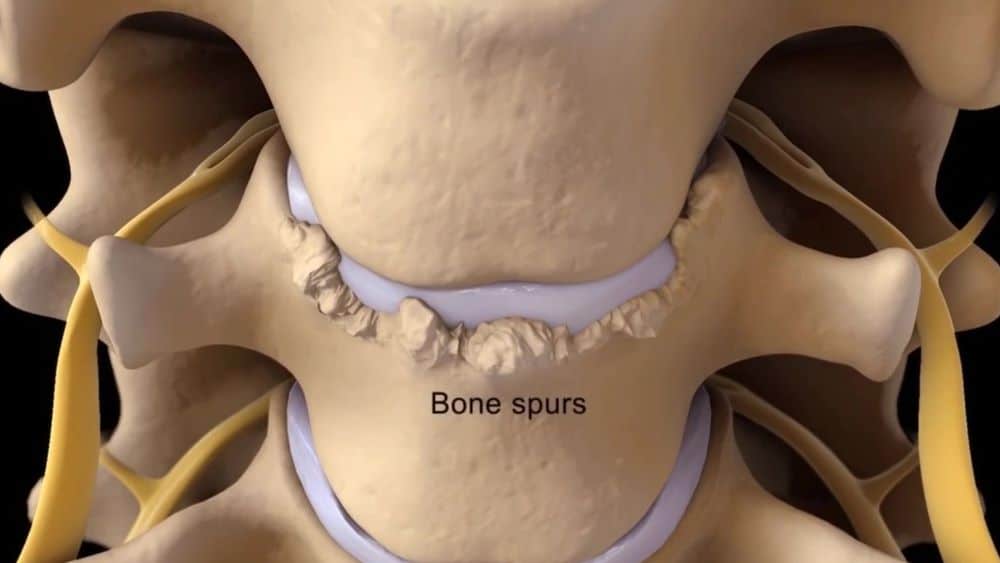Bone Spurs In The Mouth

The human mouth is a complex and highly specialized environment, filled with a variety of tissues, structures, and microorganisms. While it’s common to think of bone spurs as occurring in joints or other areas of the body, they can also form in the mouth. Bone spurs in the mouth, also known as oral bone spurs or bony growths, are abnormal bony projections that can develop on the jawbone, the roof of the mouth, or other areas of the oral cavity.
These growths can be caused by a variety of factors, including genetics, aging, trauma, and certain medical conditions. In some cases, bone spurs in the mouth may be asymptomatic and only discovered during a routine dental examination. However, they can also cause symptoms such as pain, discomfort, and difficulty chewing or speaking.
One of the most common types of bone spurs in the mouth is the torus palatinus, which is a bony growth that occurs on the roof of the mouth. This type of growth is usually harmless and may only cause symptoms if it becomes large enough to interfere with dentures or other oral appliances. Another type of bone spur that can occur in the mouth is the torus mandibularis, which is a bony growth that occurs on the lower jawbone.
In addition to these specific types of bone spurs, there are also several other factors that can contribute to the development of bony growths in the mouth. For example, a diet that is high in sugar and acidic foods can contribute to tooth decay and gum disease, which can increase the risk of bone spurs. Additionally, certain medical conditions such as osteoporosis and Paget’s disease can also increase the risk of developing bone spurs in the mouth.
Treatment for bone spurs in the mouth usually depends on the size and location of the growth, as well as the severity of any symptoms that may be present. In some cases, no treatment may be necessary, while in other cases, surgical removal of the growth may be required. It’s also important to practice good oral hygiene and to visit a dentist regularly to help prevent the development of bone spurs and other oral health problems.
It’s worth noting that bone spurs in the mouth can be a sign of an underlying condition, and it’s essential to consult with a dentist or an oral surgeon to determine the cause of the bone spur and to develop an effective treatment plan.
Causes of Bone Spurs in the Mouth
There are several potential causes of bone spurs in the mouth, including:
- Genetics: Some people may be more prone to developing bone spurs due to their genetic makeup.
- Aging: Bone spurs can become more common as people age.
- Trauma: Injury to the mouth or jaw can cause bone spurs to form.
- Medical conditions: Certain conditions, such as osteoporosis and Paget’s disease, can increase the risk of developing bone spurs.
- Diet: A diet that is high in sugar and acidic foods can contribute to tooth decay and gum disease, which can increase the risk of bone spurs.
Symptoms of Bone Spurs in the Mouth
The symptoms of bone spurs in the mouth can vary depending on the size and location of the growth. Some common symptoms include:
- Pain or discomfort in the mouth or jaw
- Difficulty chewing or speaking
- Irritation or inflammation of the surrounding tissue
- Visible bony growths or protrusions
Diagnosis of Bone Spurs in the Mouth
Diagnosing bone spurs in the mouth usually involves a combination of physical examination, imaging tests, and medical history. A dentist or oral surgeon may use X-rays, CT scans, or other imaging tests to visualize the growth and determine its size and location.
Treatment of Bone Spurs in the Mouth
Treatment for bone spurs in the mouth usually depends on the size and location of the growth, as well as the severity of any symptoms that may be present. In some cases, no treatment may be necessary, while in other cases, surgical removal of the growth may be required.
Prevention of Bone Spurs in the Mouth
While it’s not always possible to prevent bone spurs in the mouth, there are several steps that individuals can take to reduce their risk. These include:
- Practicing good oral hygiene, such as brushing and flossing regularly
- Visiting a dentist regularly for check-ups and cleanings
- Eating a healthy, balanced diet that is low in sugar and acidic foods
- Avoiding tobacco and other hazardous substances
- Wearing a mouthguard or other protective device to prevent injury to the mouth or jaw
FAQ
What are the common symptoms of bone spurs in the mouth?
+The common symptoms of bone spurs in the mouth include pain or discomfort in the mouth or jaw, difficulty chewing or speaking, and irritation or inflammation of the surrounding tissue.
How are bone spurs in the mouth diagnosed?
+Bone spurs in the mouth are usually diagnosed through a combination of physical examination, imaging tests, and medical history. A dentist or oral surgeon may use X-rays, CT scans, or other imaging tests to visualize the growth and determine its size and location.
Can bone spurs in the mouth be prevented?
+While it's not always possible to prevent bone spurs in the mouth, individuals can reduce their risk by practicing good oral hygiene, visiting a dentist regularly, eating a healthy diet, and avoiding tobacco and other hazardous substances.
In conclusion, bone spurs in the mouth are a common condition that can cause a range of symptoms, from mild discomfort to significant pain and difficulty chewing or speaking. By understanding the causes, symptoms, diagnosis, and treatment options for bone spurs in the mouth, individuals can take steps to reduce their risk and promote overall oral health. Whether through surgical removal, monitoring, or preventive measures, it’s essential to address bone spurs in the mouth to ensure optimal oral function and overall well-being.

